International Heritage Centre blog
Emma Cottage
Emma Cottage
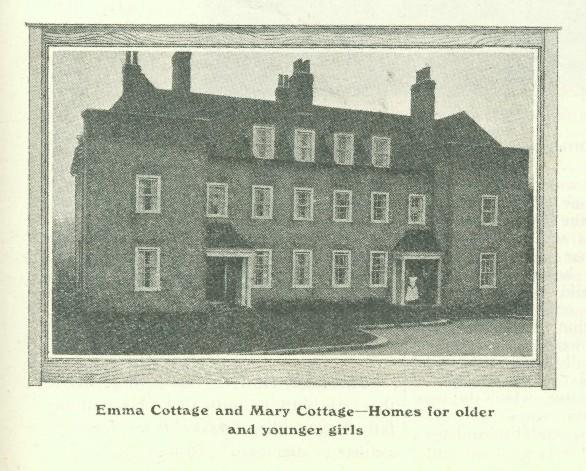
Recent cataloguing has brought to light an intriguing volume from our Women’ Social Work archive. One of the many ledgers of records of women helped by The Salvation Army is from a home called ‘Emma Cottage,’ which is described as a ‘Home for Day Girls.’ This is a unique term that was never used for any other Salvation Army home. Looking in the Women’s Social Work magazine for Emma Cottage’s opening in 1912, it is described as a home for 12 young women between the ages of 16 and 22 “who will be employed amongst the inhabitants of the suburb for daily work, coming Home to sleep and to spend Sundays in the house that they will look upon as their own home." But The Salvation Army ran hundreds of homes for women who would then go into domestic service. How was this one different?
“The suburb” in the quote above is a reference to Hampstead Garden Suburb, where Emma was one of three Cottages used by The Salvation Army from November 1912. Mary Cottage was a 'Home for Waif and Stray little girls' and Adelaide Cottage an ‘eventide home for aged poor women'.
The social reformer Mrs Henrietta Barnett had suggested that The Salvation Army use these three out of the five properties for which she had secured funds in the ‘Homesfield’ quadrangle on Erskine Hill in Hampstead Garden Suburb (the other two cottages were called Ursula and Henrietta). Henrietta Barnett had been responsible for the creation of Hampstead Garden Suburb itself in 1907, as a joint co-operative endeavour with a strong emphasis on an inclusive community. It is in this context that The Salvation Army cottages can be seen; the residents of the cottages “would not be hidden out of sight but would call for the sympathy of their neighbours as they met in daily life.”Emma Cottage’s work as a ‘Home for Day Girls’ ceased after just three years and became a Salvation Army children's home in March 1915. This home closed six years later and Emma Cottage was surrendered to the Hampstead Garden Suburb Trust. In 1925 the building was acquired by The Church of England Waifs & Strays Society and the following year opened as St Catherine's Home for Girls. It is now an Abbeyfield Home for older people, whose website includes some photographs of Emma Cottage today.
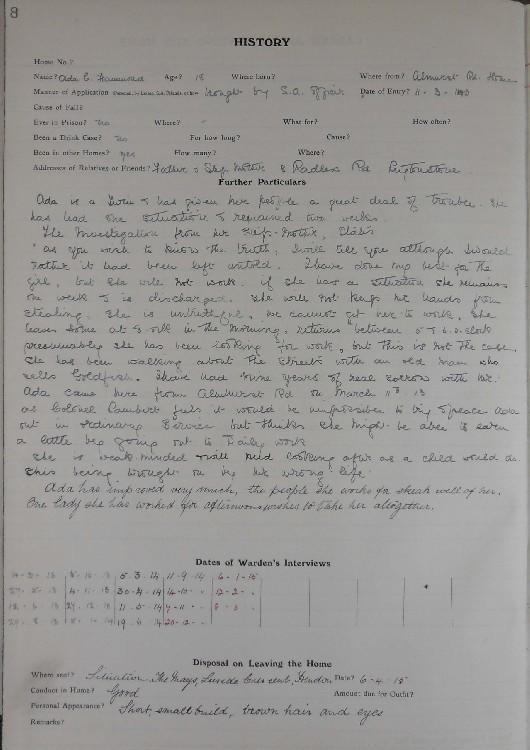
Statement of Ada Hammond, aged 18
The ledger of statements in our archive dates from January 1913 to December 1914. There are statements from only 22 residents recorded in the book and, as we know Emma Cottage closed early in 1915, it is likely that these were the home’s only residents.
Looking at the descriptions of the residents, the criteria for entry seems to be young women with what we would now regard as ‘learning disabilities.’ Residents are described, using the terminology of the time, as “weak minded,” “feeble minded,” “backward” and “certainly mentally deficient.” Some of the descriptions are more specific: Edith “gets quickly into a muddle and then suffers with violent headaches” and Elsie is “shy, and turns away when you speak to her.”The opening of Emma Cottage in 1912 may have been influenced by the 1904 Royal Commission on the Care and Control of the Feeble-Minded. The Commission’s report, published in 1908, and the subsequent Mental Deficiency Act 1913, led to the setting up of a number of homes for the ‘feeble-minded’ in Britain and the USA.
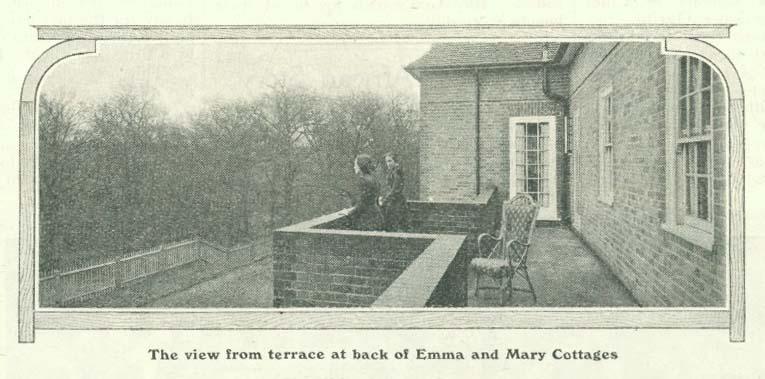
The statements also seem to show the officers struggling with the residents of Emma Cottage: the phrase ‘a very firm hand” is used on two occasions. One of the residents “wants managing like all weak minded girls”. There are also remarks explicitly linking the women’s conditions with morality; many of the residents are described as “feeble minded and very wicked” and one, Annie, is “incapable of resisting temptation.”
Unfortunately, many of the statements speak of the residents’ unsuitability for the kind of ‘day work’ the home was specifically set up to provide. Women are described as ‘not strong enough for this place,’ ‘not suitable for daily work’ and simply as ‘not able to go out.’ Only four of the residents left the home to go into domestic service, the other 18 went either to another Salvation Army home or home to their parents. This may help to explain why Emma Cottage’s use as a Home for Day Girls only lasted for less than three years.
Steven
July 2014
Read other blogs from the Heritage Centre

Mabel Poole: ‘Sister of Love'
Whilst re-cataloguing the IHC's several thousand strong collection of photographs, we came across unidentified loose prints of what appeared to be Indian royalty ...
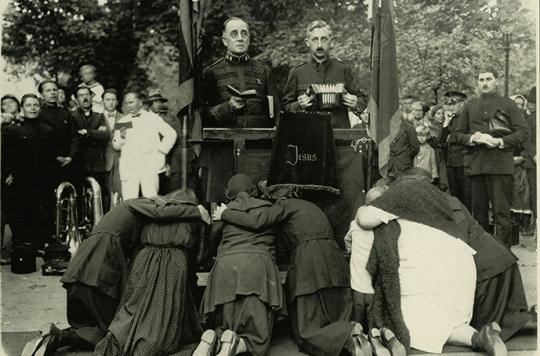
'Chilly political winds': The Salvation Army in Hungary
Salvation Army work in Hungary lasted scarcely 25 years, years which coincided with a politically turbulent period in the country's history ...
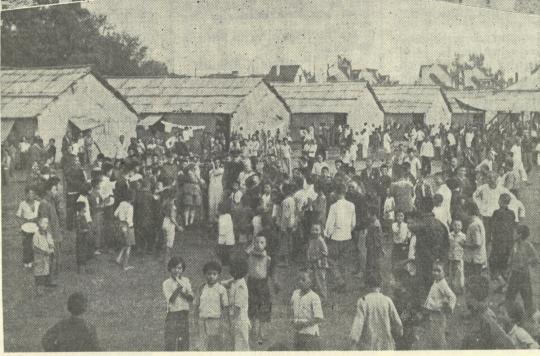
World Refugee Day
The Salvation Army has a long history of social and evangelical outreach to refugees ...
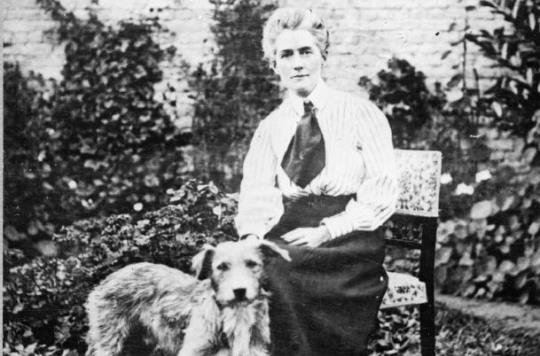
'Patriotism is not enough'
The International Heritage Centre holds a large collection of records produced by the Women's Social Work branch of The Salvation Army. In April 1914 a referral is noted from a Miss Edith Cavell of Brussels ...